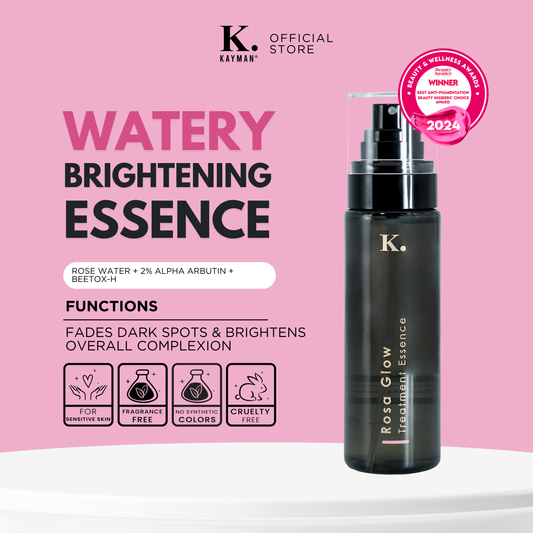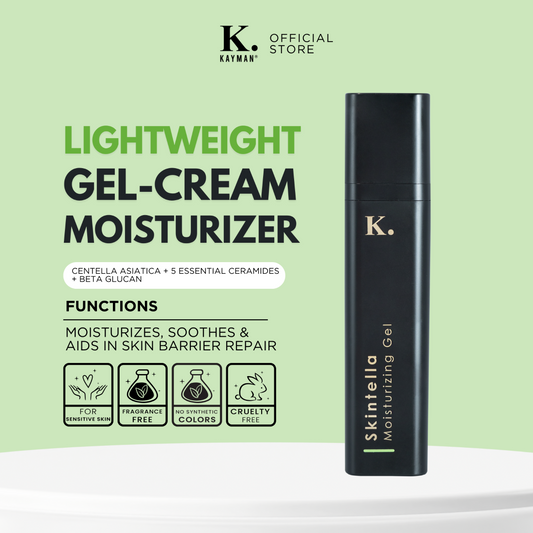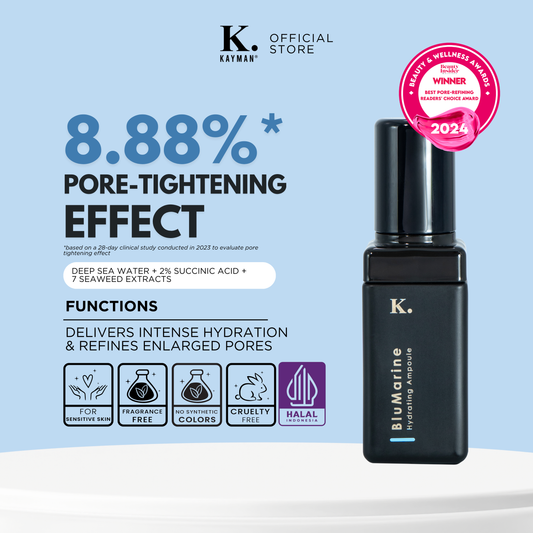Everyone, no matter what skin tone, should be educated on the importance of sunscreen, as it is one of the best ways to reduce the chance of contracting skin cancer. According to the third report of the National Cancer Society Malaysia (2003-2005), skin cancer is ranked as the tenth most common cancer in Malaysia! I don’t know about you, but I seem to remember the 2000s being a LOT cooler than the scorching heat we’ve been having for the past five years.
You might think that people with darker skin tones don’t need sunscreen, due to the abundance of melanin in their skin. While they do have some protection from the sun, they too need the extra protection, as sun damage doesn’t discriminate.
In fact, it might be a little harder to reverse the damage that has been done, as sun damage is known to be cumulative. What this means is that your cells do somewhat heal from it, but not all cells will be healed. With prolonged exposure to the sun, the amount of damaged skin cells will accumulate.
The sun mostly radiates Ultraviolet A (UVA) and Ultraviolet B (UVB). Comparatively, UVA has a longer wavelength than UVB, and is able to penetrate clouds, fog and even glass. UVB has a shorter wavelength and cannot penetrate glass. To make it easier, remember this:
Ultraviolet A (UVA) - Aging
UVA has the ability to penetrate deep into the dermis and inflict damage. This usually results in premature signs of aging like wrinkles and sunspots, as well as hyperpigmentation. UVA also shines at an equal intensity throughout the day.
Ultraviolet B (UVB) - Burning
The effects of UVB are probably more commonly associated with sun damage, like sunburn and suntan. It doesn’t penetrate as deep as UVA, but all the damage is concentrated on the epidermis of the skin.
So what should you look for in a sunscreen?
Suntella UV Milk SPF50+ PA++++ provides broad spectrum protection against UVA and UVB.
Find something that offers protection for both UVA and UVB.
To protect against UVA, find something which has PA++++ alongside the SPF.
This is called the Protection Grade of UVA (PA) rating, which was established in Japan as an indicator of the level of protection.
The rating system is as follows:
- PA+ = Some UVA protection
- PA++ = Moderate UVA protection
- PA+++ = High UVA protection
- PA++++ = Extremely High UVA protection
All sunscreens come with an indicator of Sun Protection Factor (SPF). For Malaysian weather, SPF30 is probably the lowest you ought to go, and SPF50 being the most common types of sunscreens around.
 Suntella UV Milk SPF50+ PA++++ was tested in-vitro and in-vivo to provide full protection against damaging UV rays.
Suntella UV Milk SPF50+ PA++++ was tested in-vitro and in-vivo to provide full protection against damaging UV rays.
As global warming heats up (literally), we should definitely be more cautious about spending an extended amount of time in direct sun. It’s definitely one of the best anti-aging products out there, plus it can help prevent skin cancer. What more can you ask for in a product?













